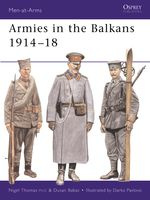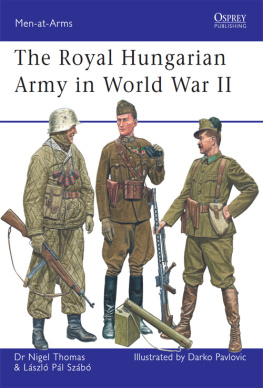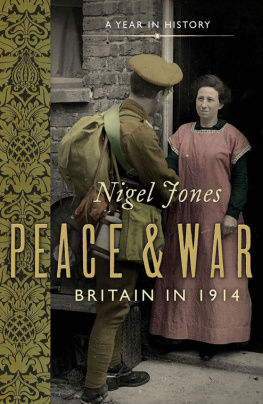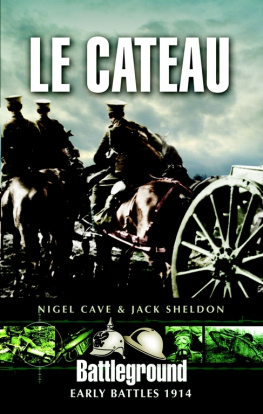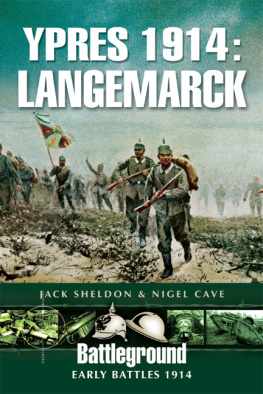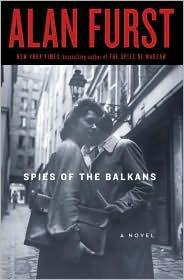Nigel Thomas - Armies in the Balkans 1914-18
Here you can read online Nigel Thomas - Armies in the Balkans 1914-18 full text of the book (entire story) in english for free. Download pdf and epub, get meaning, cover and reviews about this ebook. genre: Non-fiction. Description of the work, (preface) as well as reviews are available. Best literature library LitArk.com created for fans of good reading and offers a wide selection of genres:
Romance novel
Science fiction
Adventure
Detective
Science
History
Home and family
Prose
Art
Politics
Computer
Non-fiction
Religion
Business
Children
Humor
Choose a favorite category and find really read worthwhile books. Enjoy immersion in the world of imagination, feel the emotions of the characters or learn something new for yourself, make an fascinating discovery.
- Book:Armies in the Balkans 1914-18
- Author:
- Genre:
- Rating:3 / 5
- Favourites:Add to favourites
- Your mark:
- 60
- 1
- 2
- 3
- 4
- 5
Armies in the Balkans 1914-18: summary, description and annotation
We offer to read an annotation, description, summary or preface (depends on what the author of the book "Armies in the Balkans 1914-18" wrote himself). If you haven't found the necessary information about the book — write in the comments, we will try to find it.
Armies in the Balkans 1914-18 — read online for free the complete book (whole text) full work
Below is the text of the book, divided by pages. System saving the place of the last page read, allows you to conveniently read the book "Armies in the Balkans 1914-18" online for free, without having to search again every time where you left off. Put a bookmark, and you can go to the page where you finished reading at any time.
Font size:
Interval:
Bookmark:
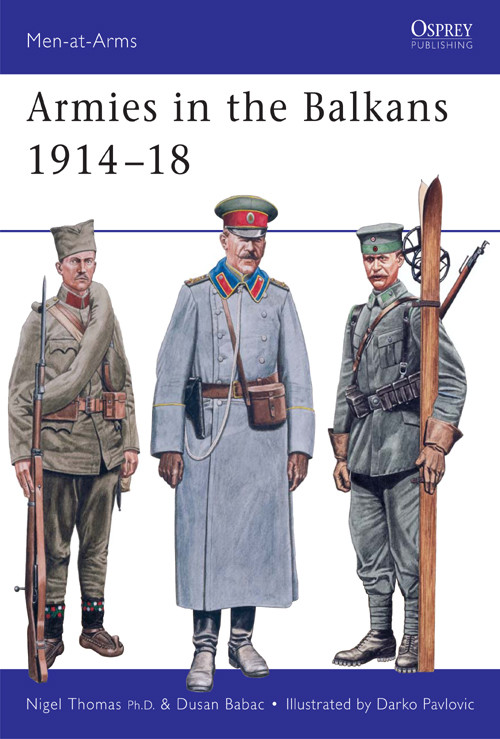
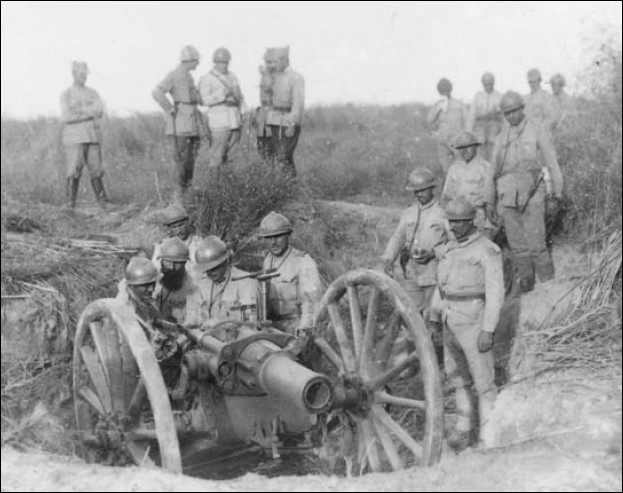
Series editor Martin Windrow
THE BALKAN CAMPAIGN
THE AUSTRO-HUNGARIAN ARMY ON THE BALKAN FRONT
SERBIA
MONTENEGRO
ALBANIA
THE GERMAN ARMY ON THE BALKAN FRONT
THE OTTOMAN ARMY ON THE BALKAN FRONT
ENTENTE FORCES IN SALONIKA
BULGARIA
GREECE
RUMANIA
THE PLATES
IN 1914 THE BALKAN PENINSULA comprised 258,000 square miles with about 26 million inhabitants: Albanians, Bulgarians, Greeks, Rumanians, South Slavs Serbs (including Montenegrins), Bosnian Moslems, Croats (including Dalmatians) and Slovenes with German, Hungarian, Italian, Jewish, Vlach and other minorities. These peoples had just emerged from 568 years of occupation by the Ottoman Turks, and lived in Albania, Bulgaria, Greece, Montenegro, Rumania and Serbia (including present-day Macedonia); with Bosnia-Herzegovina, Croatia and Slovenia under Austro-Hungarian rule. The European remnant of the Ottoman Empire comprised the capital Constantinople, Edirne and their hinterlands.
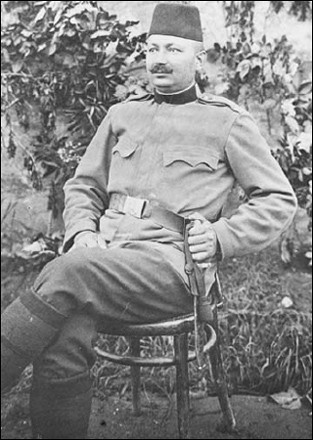
Todor Stavric, Dusan Babacs great-grandfather, as a private(Infanterist)in a Bosnian Infantry Regiment relaxing in walking-out dress, 1914. He wears the M1908 pike-grey tunic with red branchcolour collar patches, standard (not baggy Bosnian) M1908 trousers, and long socks instead of puttees; although he was a Serbian Orthodox Christian, a plain crimson service dress fez; M1888 belt with Austrian eagle buckle, and M1895 bayonet with Other Ranks knot. (Dusan Babac Collection)
The Balkans, whose violent instability had earned the region the title of the powder-keg of Europe, were marked by the rivalry between German-backed Austro-Hungary, ambitious to control the region; and Serbia, supported by Russia and France, which was determined to liberate Serb, Croat, Slovene and Bosnian minorities in Austro-Hungary. Meanwhile Bulgaria was anxious to regain areas in Greek and Serbian Macedonia and Rumanian Dobrudja, forfeited in August 1913 following the Second Balkan War.
Austro-Hungary had provoked Serbia by holding military manoeuvres in Bosnia-Herzegovina in summer 1914; and on 28 June a Bosnian-Serb student, Gavril Princip, assassinated the Austro-Hungarian Crown Prince Franz Ferdinand in Sarajevo, thus igniting the First World (or Great) War.
The four Central Powers Germany, Austro-Hungary, the Ottoman Empire and Bulgaria intended to link up territorially by Austro-Hungary occupying Serbia and Montenegro, and dominating Albania, leaving Greece and Rumania as benevolent neutral states. This strategy was opposed by the three principal European Entente Powers France, Great Britain and Russia.

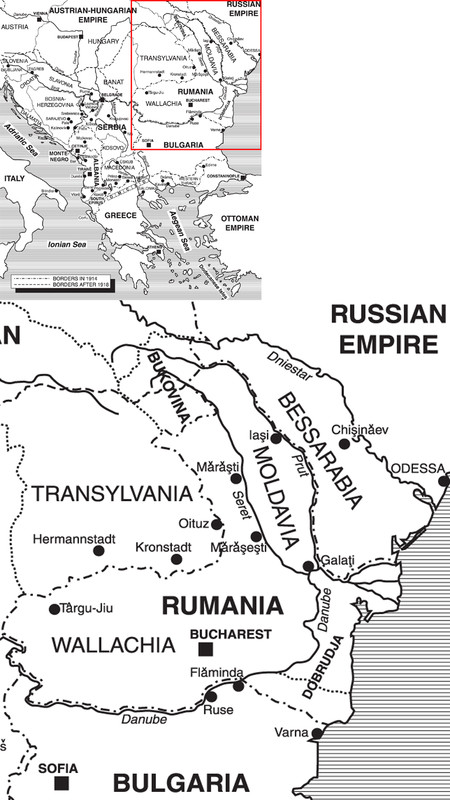
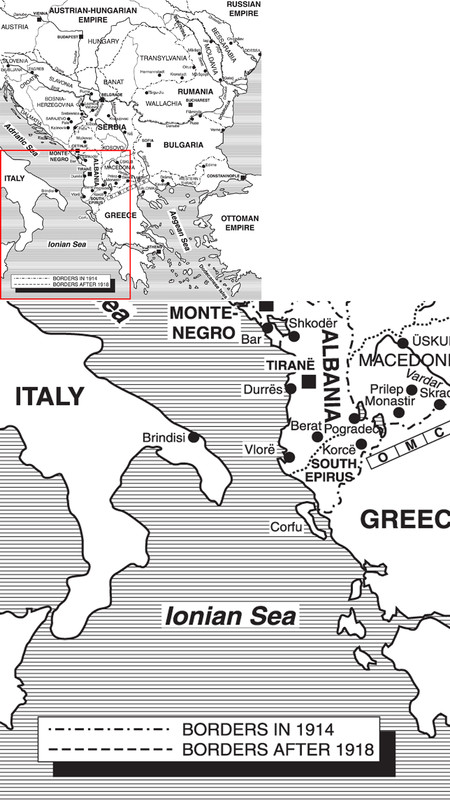

The Austro-Hungarian Balkan Army effectively an army group, comprising 2nd Army in Syrmia (Eastern Croatia) and Western Banat (now Vojvodina, Northern Serbia); 5th Army in East-Central Bosnia and Herzegovina; and 6th Army in North-Eastern Bosnia attempted three invasions of Serbia and Montenegro. On 28 July 1914 the 2nd Army shelled Belgrade, and the first invasion began on 2 August. The 5th Army crossed the Drina into North-Western Serbia towards Belgrade, where it and the 2nd Army were defeated on 12-24 August by the Serbian 1st, 2nd and 3rd Armies at the battle of Cer (Lesnica) the first Allied victory of the First World War.
A Serbian counterattack into Syrmia on 6 September was abandoned after the second Austro-Hungarian invasion on 8 September, when the 5th and 6th Armies again threatened Belgrade. At the battle of the Drina the Serbian 2nd Army forced the 5th Army back into Bosnia, while the 6th Army, after initial headway against the Serbian 3rd Army, also retreated to avoid a bold outflanking movement on 25 September, with the Serbian Uzice Group and Montenegrin armies advancing towards Srebrenica and Pale in Eastern Bosnia. The Serbs retreated tactically before the third Austro-Hungarian invasion on 6 November, with Serbian 2nd Army allowing the Austro-Hungarian 5th Army to occupy Belgrade on 2 December. The Austro-Hungarian 6th Army was halted before Valjevo and defeated on 3-9 December by the Serbian 1st Army at the battle of Kolubara, before being forced back into Syrmia. Meanwhile, the regrouped Serbian 2nd and 3rd Armies and the Uzice Group drove the 5th Army into Western Banat, liberating Belgrade on 15 December 1914.
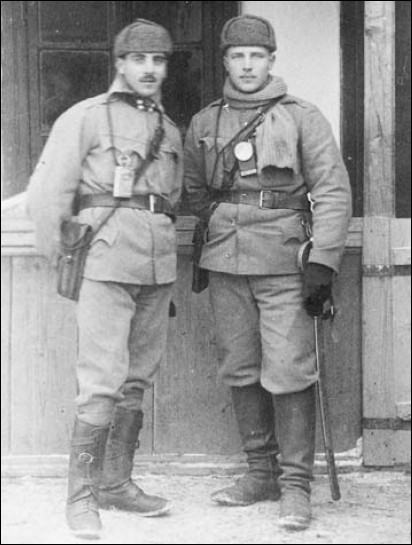
Two subaltern officers of the Austro-German Defence Forces 13th Artillery Battalion, January 1915. They wear M1908 pike-grey tunics and trousers with civilian fur hats and scarves in the snowy weather. The lieutenant(Oberleutnant)on the left has brown leather dismounted officers gaiters and ankle boots, the officer (right) Other Ranks cavalry riding boots. Both carry M1861 infantry officers sabres, M1907 Roth-Steyr 8mm automatic pistols with their distinctive holsters and shoulder belts, and non-standard flashlights. (Dusan Babac Collection)
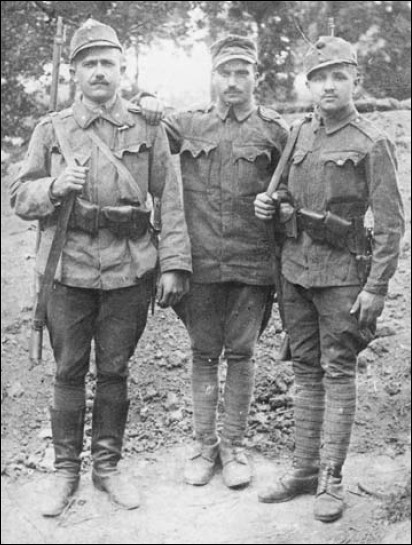
Three soldiers of the Austro-Hungarian army in the M1915 field-grey field uniform, summer 1917. The lance-corporal(Gefreiter)(left) wears a tunic with M1908 coloured collar patches, a stiffened field cap, breeches, riding boots and M1909 leather equipment. His two companions are wearing lighter-weight tunics with no collar patches or coloured collar strips, breeches and puttees. Note the soft field cap worn by the middle soldier; and the characteristic Austro-Hungarian style of holding the strap of the shouldered rifle taut. The Austro-Hungarian army had 28 per cent Austro-Germans; 44 per cent Slavs (Croats, Serbs, Slovenes, Czechs, Slovaks, Poles, Ukrainians); 18 per cent Hungarians; 8 per cent Rumanians and 2 per cent Italians. (Dusan Babac Collection)
Some 20,000 Serbian troops of the Albanian Detachment occupied Northern and Central Albania on 29 May 1915 to forestall cross-border raids into Kosovo and South Serbia by Albanian migrs. This, however, weakened the main Serbian force confronting the Central Powers. On 18 September 1915 Germany established Army Group Mackensen, comprising the German 11th, Austro-Hungarian 3rd and Bulgarian 1st Armies. Then, on 5 October 1915, a Franco-British force landed in Salonika and the Austro-Hungarians entered Montenegro, capturing Mount Lovcen on 10 January 1916, Cetinje on 13th and Berat in Southern Albania on 17 February 1916. On 11 October Bulgarian forces attacked Serbia, the 1st Army taking the crucial rail junction of Nis on 5 November, reaching Elbasan in Albania, and the 2nd Army advancing along the Vardar Valley to attack beleaguered Serbo-Montenegrin forces. However, on 6 October Mackensens 3rd and 11th Armies advanced down the Morava Valley, taking Belgrade on 8 October and Kragujevac on the 15th. As an outflanking action the Austro-Hungarian 57th, 59th and 63rd Divisions advanced from Eastern Bosnia against weak Serbian forces, occupying skub (now Skopje) on 22 October and brushing aside a premature Allied thrust from Salonika.
Next pageFont size:
Interval:
Bookmark:
Similar books «Armies in the Balkans 1914-18»
Look at similar books to Armies in the Balkans 1914-18. We have selected literature similar in name and meaning in the hope of providing readers with more options to find new, interesting, not yet read works.
Discussion, reviews of the book Armies in the Balkans 1914-18 and just readers' own opinions. Leave your comments, write what you think about the work, its meaning or the main characters. Specify what exactly you liked and what you didn't like, and why you think so.

